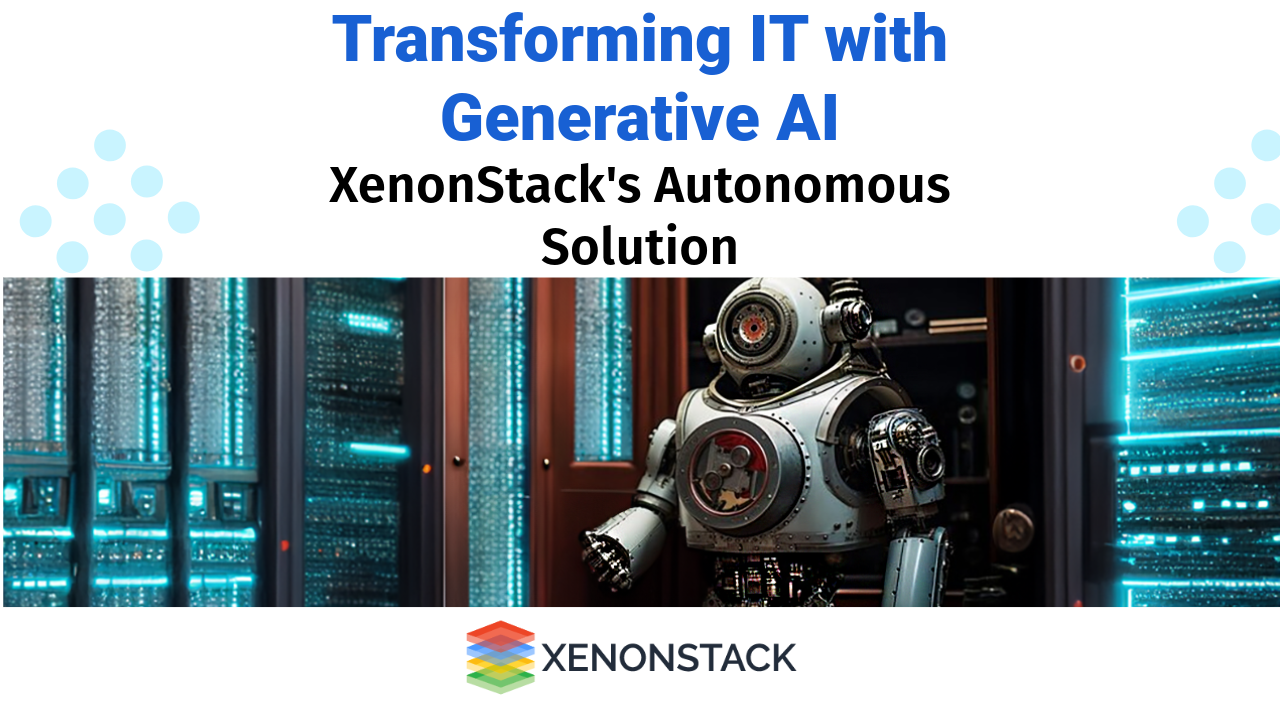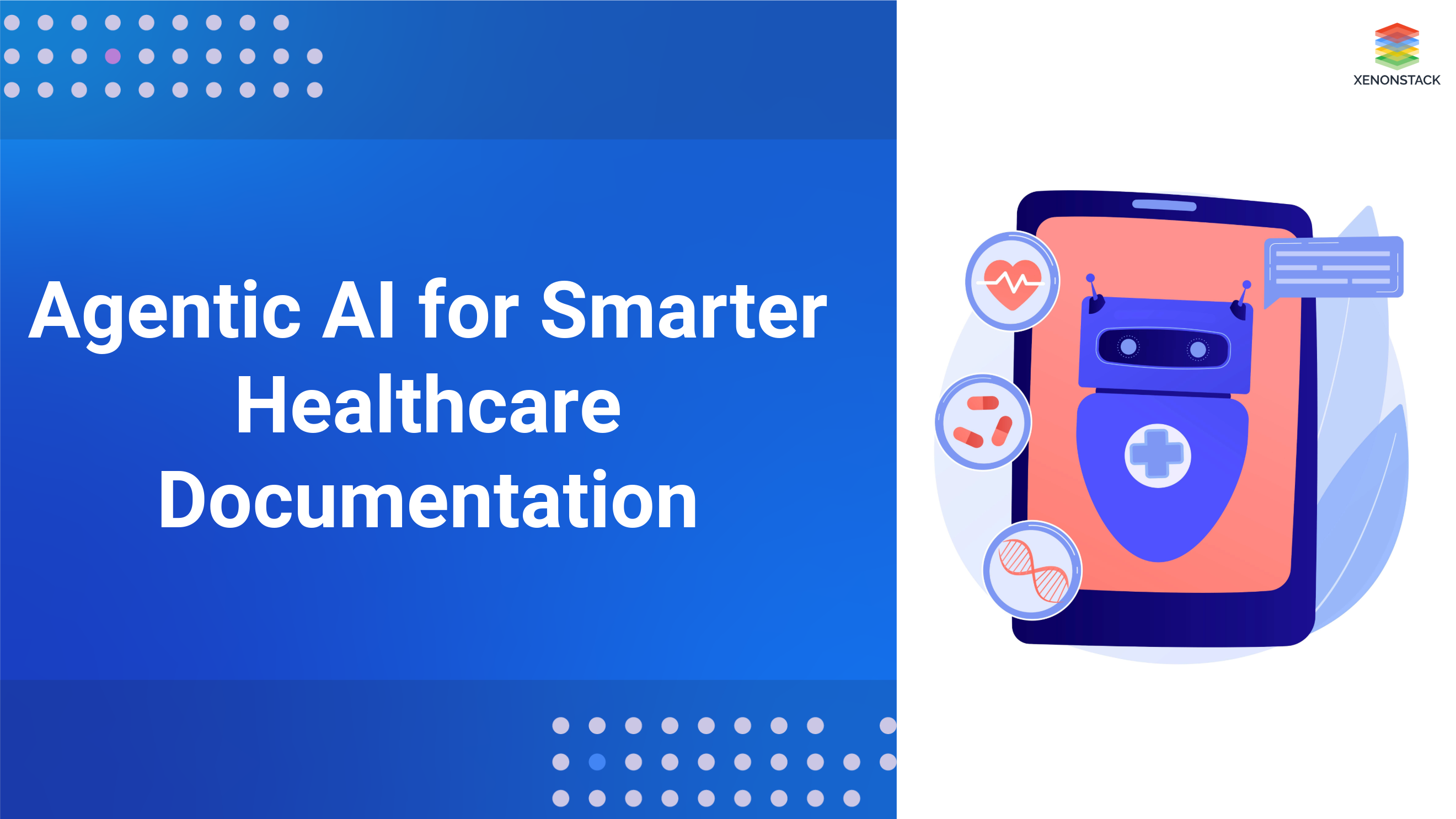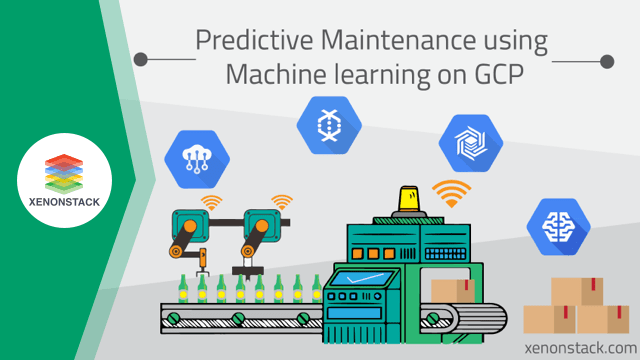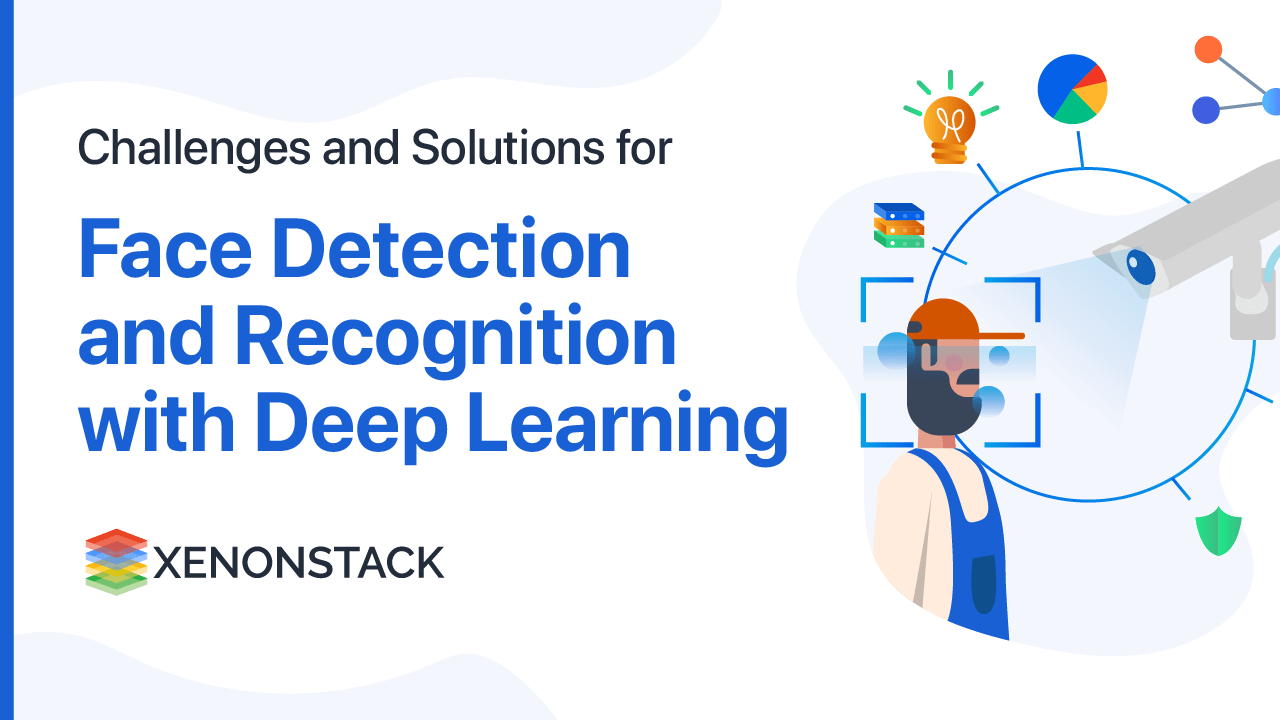
Overview of Digital Transformation
Digital transformation is essential for any enterprise aiming to thrive in today's competitive market. This process demands significant IT investments in new applications, cloud services, infrastructure, and delivery models. However, these advancements add complexity and scale, intensifying the burden on IT Operations and increasing the risk of disruptive IT issues.
Service outages, lost revenue, dissatisfied customers, and escalating costs jeopardize the technology-enabled innovations designed to maintain a competitive edge. To keep pace with a transforming IT landscape, IT Operations must evolve by adopting intelligent automation and scalable solutions.
The current generation of automation technologies, which rely on static rules and manual configurations, are inadequate for managing modern, complex IT environments. The need for the next generation of automation is clear. By leveraging advanced technologies like Generative AI, we can create self-sufficient solutions that effectively tackle these challenges.
Generative AI Impact
Generative AI is transforming IT operations by offering intelligent and proactive solutions for incident management. This cutting-edge technology processes large volumes of data, conducts thorough analyses, and acts as a smart assistant, greatly improving team efficiency. In IT operations, Generative AI quickly assesses incidents, identifies patterns, and provides real-time summaries and root cause analyses. This capability allows your team to anticipate future incidents and effectively mitigate IT risks.
By utilizing knowledgebase data, action models, and language understanding models, Generative AI can proactively resolve support tickets upon their creation. It equips engineers with essential insights, facilitating easier troubleshooting and expediting problem resolution. This approach ultimately enhances overall efficiency in ticket management and customer support operations, making IT operations more seamless and effective.
ITOps Challenges
In today's forward-looking enterprises, digital transformation of applications and infrastructure is essential for survival and growth in a rapidly changing world. However, IT Operations, the critical function responsible for maintaining these new services, often struggles to keep pace. Here are some of the key challenges faced by modern IT operations and potential solutions to overcome them.
Challenge 1: Fragmented Tools
-
Problem: The shift from monolithic IT tool stacks to a variety of best-of-breed solutions has led to siloed data and interoperability issues.
-
Solution: Implement unified monitoring platforms that integrate with various tools and provide a single pane of glass for visibility across all IT systems.
Challenge 2: Fragmented Clouds
-
Problem: The hybrid mix of multiple public and private clouds is difficult to monitor and manage effectively.
-
Solution: Utilize multi-cloud management tools that offer centralized monitoring and management capabilities, ensuring consistent oversight across all cloud environments.
Challenge 3: Fragmented Teams
-
Problem: Level 1 responders are overwhelmed with incident management, leading to frequent escalations to Level 2 and Level 3 teams and inefficient workflows.
-
Solution: Adopt collaborative IT service management (ITSM) platforms that streamline workflows, facilitate communication, and automate routine tasks to free up Level 1 responders.
Challenge 4: Rapid Pace of Change
-
Problem: Trends such as Continuous Integration/Continuous Deployment (CI/CD), infrastructure-as-code, and DevOps have accelerated release cycles to daily, hourly, or even continuous deployments.
-
Solution: Integrate CI/CD pipelines with automated testing and deployment monitoring tools to ensure rapid yet stable releases, reducing the burden on IT operations.
Challenge 5: Complex Applications
-
Problem: IT Operations must monitor and manage a diverse array of systems, including microservices, mobile applications, and third-party cloud services.
-
Solution: Deploy advanced application performance management (APM) tools that provide detailed insights and diagnostics across various application architectures.
Challenge 6: Data Explosion
-
Problem: The speed and complexity of modern IT environments have dramatically increased the volume of IT events and incident data.
-
Solution: Leverage AI and machine learning-based analytics platforms that can process large volumes of data in real time, detect anomalies, and predict potential issues before they escalate.
Modern IT Landscape
The landscape of IT infrastructure and software has undergone a radical transformation, resulting in fragmentation and accelerated processes. However, IT Operations has struggled to keep pace, relying heavily on outdated rules-based automation solutions that are not equipped to handle the scale, speed, and complexity of modern IT environments. As a result, incident management remains manual, difficult to scale, and poorly suited to support digital transformation in large, dynamic IT landscapes.
The repercussions of this mismatch are significant:
-
Over-Reliance on Manual Effort: Legacy automation solutions require extensive manual effort to build and maintain rules, making them inefficient and slow to adapt to changes.
-
Human-Reviewed Data Dependence: These systems depend on humans to review and validate data, which is time-consuming and prone to errors.
-
Need for Expensive Domain Experts: Resolving many issues requires costly domain experts, such as software developers, which drives up operational costs.
-
Reactive Issue Identification: Issues are often only identified after customer complaints, leading to delays in resolution and negatively impacting user experience.
To truly support digital transformation, IT Operations need to move beyond legacy automation and adopt advanced, scalable solutions that can handle the demands of modern IT environments effectively.
Autonomous ITOps Solution
The Autonomous ITOps Agent stands as a trailblazer in enterprise software, harnessing generative AI to redefine incident management in complex IT environments. By leveraging extensive knowledgebase data, advanced action models, and sophisticated language understanding capabilities, this cutting-edge agent autonomously resolves support tickets proactively upon their creation. This innovative approach provides engineers with essential insights right from the outset, streamlining troubleshooting processes and accelerating issue resolution. Beyond optimizing ticket management efficiency, the Autonomous ITOps Agent elevates overall customer support operations by automating mundane tasks and empowering teams to prioritize strategic initiatives. As a result, it ensures faster response times and higher service delivery standards, underscoring its pivotal role in modernizing IT operations to achieve greater effectiveness and client satisfaction.
ITOps Observability with Generative AI
The Future is Autonomous
Next-Generation IT Automation-
ITOps Gen AI agent pioneers the evolution of IT automation by replacing legacy and rules-based systems with fully autonomous operations.
-
Combines human expertise and machine capabilities to notably improve resolution times and alleviate the workload on IT Operations.
Service Enhancement and Innovation
-
Leveraging ITOps Gen AI, organizations enhance service availability and reduce operational costs.
-
Frees up resources to focus on advancing technology-driven innovations in an environment of uninterrupted operations.
Components
1. Generative AI Layer - Decision-Making Part-
Utilizes advanced algorithms and machine learning models for real-time data analysis.
-
Identifies and prioritizes IT incidents proactively.
-
Predicts potential disruptions to optimize operational efficiency and minimize downtime.
2. Autonomous Action Layer - Automating the Action Part
-
Automates routine tasks and remediation actions based on predefined policies.
-
Integrates with existing IT workflows to streamline incident response and resolution.
-
Accelerates response times and reduces human error for consistent IT service delivery.
3. Data Integration Layer - Integrating Data Sources
-
Aggregates data from diverse IT sources, including monitoring tools and performance metrics.
-
Provides a unified view of IT operations for informed decision-making.
-
Supports continuous improvement through comprehensive analytics and insights.
Generative AI help in Data Democratization
Maturity Model
To illustrate the evolution of Autonomous Digital Operations, consider the analogy of autonomous vehicles. Just as autonomous cars have progressed through various stages of development, the maturity curve of ITOps Gen AI agents follows a similar path.
Currently, Xenonstack offers solutions that support "Stage 4" autonomous functionality, where certain incident types can be managed entirely autonomously, from start to finish. Customers have the flexibility to choose which tasks they want to intelligently automate using Big Panda and can deploy ITOps Gen AI agents at their preferred pace. This approach allows organizations to gradually integrate advanced automation into their IT operations, enhancing efficiency and reducing manual intervention.
It has 6 stages mainly:
-
Autonomous Operation Kick Start.
-
Operator Assistance.
-
Partial Autonomy.
-
Conditional Autonomy.
-
High Autonomy.
-
Full Autonomy

Figure: Stages of Maturity Model for Autonomous Operations
Solution Architecture

Figure: Use case architecture
The architecture of the solution is designed around a main executor chain with three key components: the CSV Agent, the Math Agent, and the RAG Agent. Each of these components plays a crucial role in ensuring efficient and intelligent IT operations management.
Components:
-
CSV Agent: This tool handles CSV data. When data is needed, it fetches all relevant information from the provided CSV files.
-
Math Agent: This tool performs accurate calculations based on the data retrieved by the CSV Agent. It ensures precise computation, particularly for tasks such as attendance calculations.
-
RAG Agent (Raised Ticket Agent): This component manages and resolves tickets related to attendance or other IT operations issues. It queries the database to find similar incidents that occurred in the past and retrieves the actions taken, providing valuable insights into current issues.
Execution Steps:
-
Component Access: The main agent has access to the CSV Agent and Math Agent.
-
Data Retrieval: When a query is made, the main agent first directs the query to the CSV Agent, which retrieves the necessary data from the CSV file.
-
Calculations: The fetched data is then passed to the Math Agent for accurate calculations, such as determining attendance.
-
Ticket Resolution: For any raised tickets, the RAG Agent is queried for root cause analysis (RCA) and historical actions. The RAG Agent searches the database for similar past incidents and their resolutions, guiding the user on how to address the current issue.
-
Response Structuring: The main agent consolidates the responses from the CSV, Math, and RAG Agents, restructures the information according to the user’s query, and delivers the final answer.
This architecture allows for intelligent automation and efficient problem-solving within IT operations. The integration of these components ensures that queries and issues are addressed promptly and accurately, leveraging past data and automated calculations to enhance overall efficiency and effectiveness.
Key Insights and Benefits
Insights of an Autonomous ITOps Agent Powered by Generative AI
-
Faster Problem Resolution: Generative AI's ability to generate and debug code swiftly accelerates the identification and resolution of software bugs, significantly reducing system downtime.
-
Enhanced Productivity: Automation of routine tasks, from documentation creation to log analysis, allows ITOps teams to achieve more within the same timeframe, freeing up IT professionals for higher-level strategic work.
-
Proactive Maintenance: Generative AI facilitates timely maintenance by predicting potential hardware or software failures through historical data analysis and pattern recognition, thereby minimizing downtime.
-
More Accurate Anomaly Detection: Generative AI improves anomaly detection by recognizing patterns and deviations from expected behavior, enabling quick responses to potential security or performance issues.
-
Enhanced Security Measures: Generative AI analyzes patterns associated with security threats and empowers ITOps teams to streamline security policies, simulate attack scenarios, and proactively address potential vulnerabilities.
-
Improved Customer Service: Generative AI-powered chatbots provide rapid and accurate responses to user queries, enhancing customer service and freeing up time for more complex tasks.
-
Optimized Network Performance: Analyzing network traffic patterns, Generative AI provides insights for optimizing network configurations, improving efficiency, data transmission speeds, and reducing latency.
-
Resource Utilization Efficiency: Generative AI predicts resource requirements based on historical data and patterns, helping ITOps teams make informed decisions about resource allocation and optimizing IT infrastructure.
Benefits of an Autonomous ITOps Agent Powered by Generative AI
-
Reduced System Downtime: Quick identification and resolution of software bugs ensure continuous operational continuity.
-
Increased Operational Efficiency: Automation allows ITOps teams to handle tasks more efficiently, allowing them to focus on strategic initiatives and innovation.
-
Minimized Downtime: Proactive maintenance reduces the likelihood of unexpected failures, ensuring system reliability.
-
Prompt Issue Resolution: Enhanced anomaly detection leads to swift responses to potential security breaches or performance issues.
-
Stronger Security Posture: Improved security measures through proactive threat analysis and policy implementation protect against vulnerabilities.
-
Higher User Satisfaction: Rapid and accurate responses from AI-powered chatbots improve customer service and overall user experience.
-
Better Network Performance: Optimized network configurations based on AI insights enhance data transmission speeds and reduce latency.
-
Efficient Resource Management: Predictive capabilities enable improved resource allocation, leading to cost savings and optimized IT infrastructure.
-
Cost Savings: Avoiding unexpected downtime, improving resource efficiency, and early detection of security threats collectively lead to significant cost savings and protection of reputation.
Conclusion
XenonStack is revolutionizing IT Operations (ITOps) by seamlessly integrating Generative AI and conversational AI chatbots. This powerful combination accelerates problem resolution, enhances productivity, and enables proactive maintenance, ensuring reduced downtime and improved system reliability. Generative AI enhances anomaly detection and security measures, allowing ITOps teams to address issues swiftly and develop robust security policies. Conversational AI chatbots improve customer service by providing quick, accurate responses, freeing up time for more complex tasks. With these advanced technologies, XenonStack enhances IT operations' efficiency and effectiveness, positioning organizations to stay competitive. This integration drives continuous innovation and operational excellence, making XenonStack a pivotal player in the evolution of autonomous IT operations.
.webp?width=1921&height=622&name=usecase-banner%20(1).webp)


